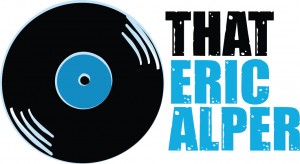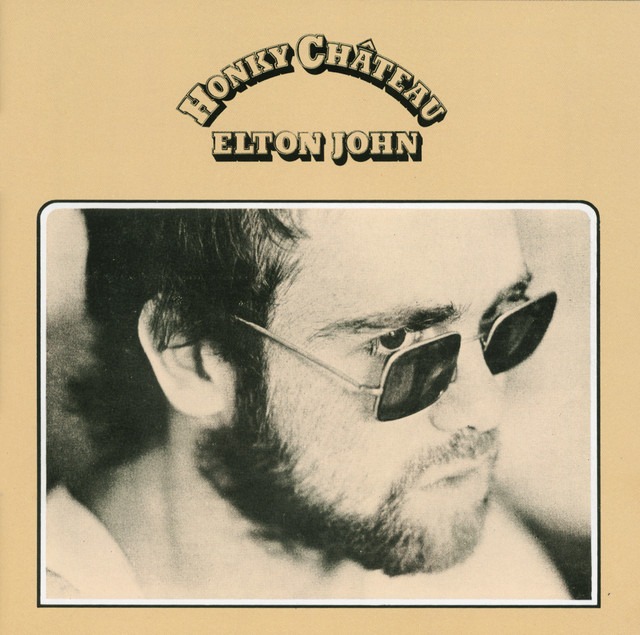Before the stadiums, the sequin suits, and the record-breaking farewell tours, there was a French château, a funky cat, and a rocket to the stars. Honky Château, Elton John’s fifth studio album, wasn’t just a turning point — it was liftoff. Here are five facts you (probably) didn’t know about the album that turned a mansion into a music landmark.
1. It really was a château — and yes, it was probably haunted.
Elton John didn’t just name Honky Château after a fancy French estate for the aesthetic — he actually recorded the whole thing at Château d’Hérouville, an 18th-century mansion turned studio just outside Paris. The place had a wild history, hosting classical legends like Chopin and wild rock stars like David Bowie. Musicians said it was haunted, and Elton’s producer Gus Dudgeon even called it “The House of Hits.” Despite the creaky floorboards and spectral whispers, Elton and the band moved in, jammed in their slippers, and turned the place into a hit-making headquarters. It was less Abbey Road and more Scooby-Doo with a piano.
2. “Rocket Man” wasn’t just a hit — it was a full-blown cosmic breakthrough.
Bernie Taupin got the idea for “Rocket Man” on a quiet drive home after seeing what might’ve been a shooting star or just a plane blinking in the night sky. He was thinking about Ray Bradbury’s short story of the same name — a tale of an astronaut’s emotional distance — and had to repeat the opening lines to himself for two hours so he wouldn’t forget them. It became Elton’s first major U.S. hit, cracked the UK Top 3, and introduced the world to his now-signature backing vocal trio. As of 2024, “Rocket Man” is triple platinum on both sides of the Atlantic and has passed one billion streams. Not bad for a song written in a car and recorded in a château.
3. This was the first album where Elton trusted his band over the suits — and it paid off.
Before Honky Château, Elton’s label insisted on using slick session musicians in the studio, letting his road band contribute only one song each on previous albums. But here, for the first time, bassist Dee Murray, drummer Nigel Olsson, and guitarist Davey Johnstone were the core players from start to finish. The chemistry was electric — literally. Johnstone didn’t just shred on guitar, he brought banjo, mandolin, sitar, and rich vocal harmonies into the mix, helping build the classic Elton John band sound. That decision kicked off a run of U.S. number one albums and a whole new era for Elton — less buttoned-up pop star, more swaggering stage icon.
4. A third single was ready to launch — but got lost on the launchpad.
Everyone knows “Rocket Man” and “Honky Cat” were the singles that carried Honky Château to the top of the charts, but there was a third song quietly waiting in the wings. “Hercules” was prepped for release as a single, complete with a B-side version of “Slave” that was faster, louder, and more piano-driven than the album version. But at the last minute, the single was scrapped, and the alternate “Slave” was shelved for over two decades until it resurfaced on the Rare Masters compilation in 1992. It’s a shame — “Hercules” had hit potential, and “Slave” in its original form is pure, unfiltered Elton fire.
5. Honky Château marked the start of something huge — and no one saw it coming.
Released on May 19, 1972, Honky Château was Elton’s fifth studio album, but the first to hit number one in the U.S. Billboard 200 — the beginning of an incredible streak of seven consecutive number one albums in America. It was also the final Elton album released on the Uni label before MCA consolidated their brands, making it the end of one chapter and the start of another. Critics didn’t know what to make of it at first, but over time it’s been hailed as one of his finest — rising from No. 357 to No. 251 on Rolling Stone’s Greatest Albums list. It was funky, folky, spacey, and soulful. It didn’t follow trends — it created them. And it all started in a chateau, with a cat, a rocket, and a band finally set free.







